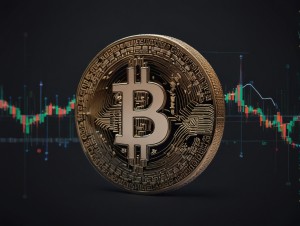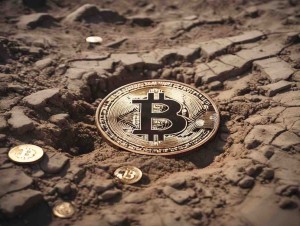There are only 21 million coins of Bitcoin (BTC), and since April, there have been17 million mined BTC over 12 years. Bitcoins are released consistently. Every hour 6 Bitcoins would have been released.
Every four years the blocks decrease by 50%. All this to say BTC will eventually run out.
We are living in the end days of BTC. Many people have purchased BTC and those who have maybe wondered about what happens after BTCs end.
The most important group to consider when discussing BTC’s journey is miners. Once BTC expires, miners will no longer acquire mining rewards, so they would then not want to do it. BTC would then have to move to centralization, or it would be the end of BTC.
Miners

Miners are essential because BTC transactions will always need to be validated and stored in blockchain blocks. The higher the fee miners get, the more likely they are to process your transaction quickly.
In Satoshi Nakamoto’s plan, her contingency idea was for miners’ incentive to transform and come from transaction fees.
What would centralization look like

Already BTC is looking centralized because of the way the mining system works. BitDeer allows consumers to rent mining power without purchasing crypto.
BitDeer connects the five pools for mining, which are AntPool, BTC.com, BTC.top, F2 Pool, and VIaBTC. Instead, miners can share freshly minted crypto from the different pools as rewards.
Once a consumer has paid BitDeer for a plan, they can give the hashrate over to any mining pool. There is fear that the entities could merge into one and monopolize rewards.
In reality, BitDeer is guiding all the different pools and is a central force but the BTC system has managed to function and maintain its essence with these players. Perhaps, Bitcoins’ future is more at risk from central banks taking over.
What you can do with your Bitcoins

Even when no more BTC coins are released, miners can continue to be competitive and validate new purchases or sales. Every purchase or sale has a fee, which can, in turn, pay miners.
Each block is worth a few hundred dollars, and the price goes up as demand goes up and the price goes up too. As long as transactions are occurring, BTC can continue to operate.
How BTC could end up could be dependant entirely on whether people decide to continue purchasing BTC. If Bitcoin’s popularity continues to grow, more shops will be forced to buy using Bitcoin.
As long as BTC’s are still being bought and sold, the BTC system can continue functioning.
One stone in Bitcoins path is that BTC would not function if everyone purchased it because it does not have enough scalability. Scalability is about how much a blockchain network can process.
Going mainstream would require 700 billion transactions occurring a year. The digital asset would not be able to cope with mainstream demand as it would take BTC holding a new blockchain every 43 days to function.
It is predicted to take over 100 years until BTC mines its last token. For years miners will be receiving tiny portions of un-mined Bitcoin as it continues halving.
The size of the Bitcoin blocks will completely transform the mining process in the future. Bitcoins protocol challenges miners and makes the process more difficult with time, and the coin lasts even longer.
Like most investments, Bitcoin will only completely lose its power if people stop believing in its value. If the coin loses popularity all together, then and only then will Bitcoin have no future.





